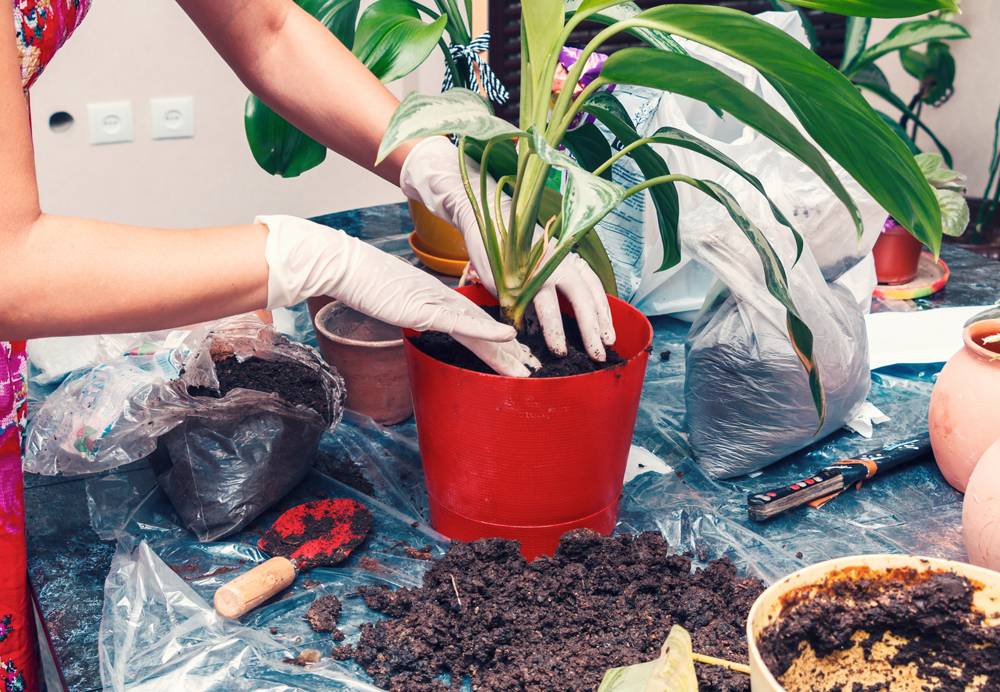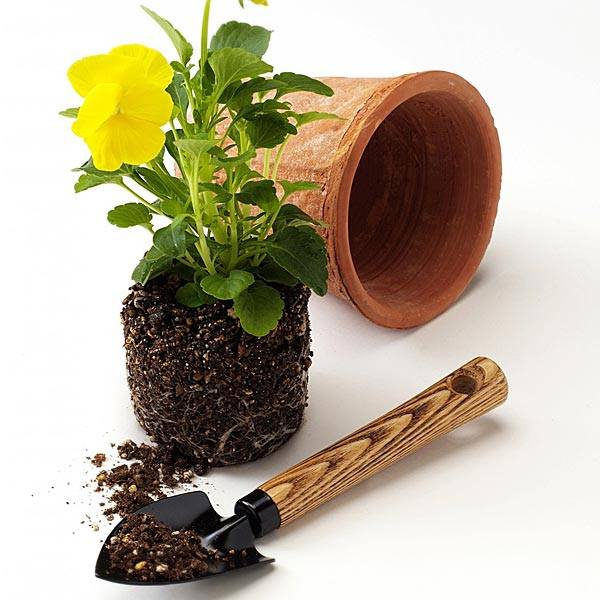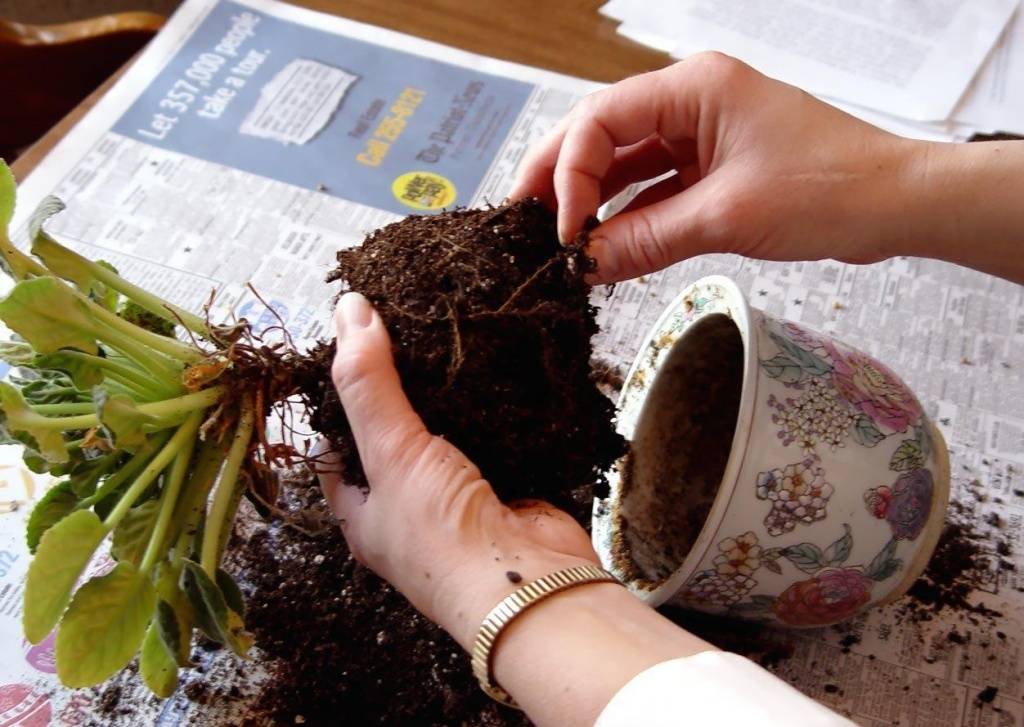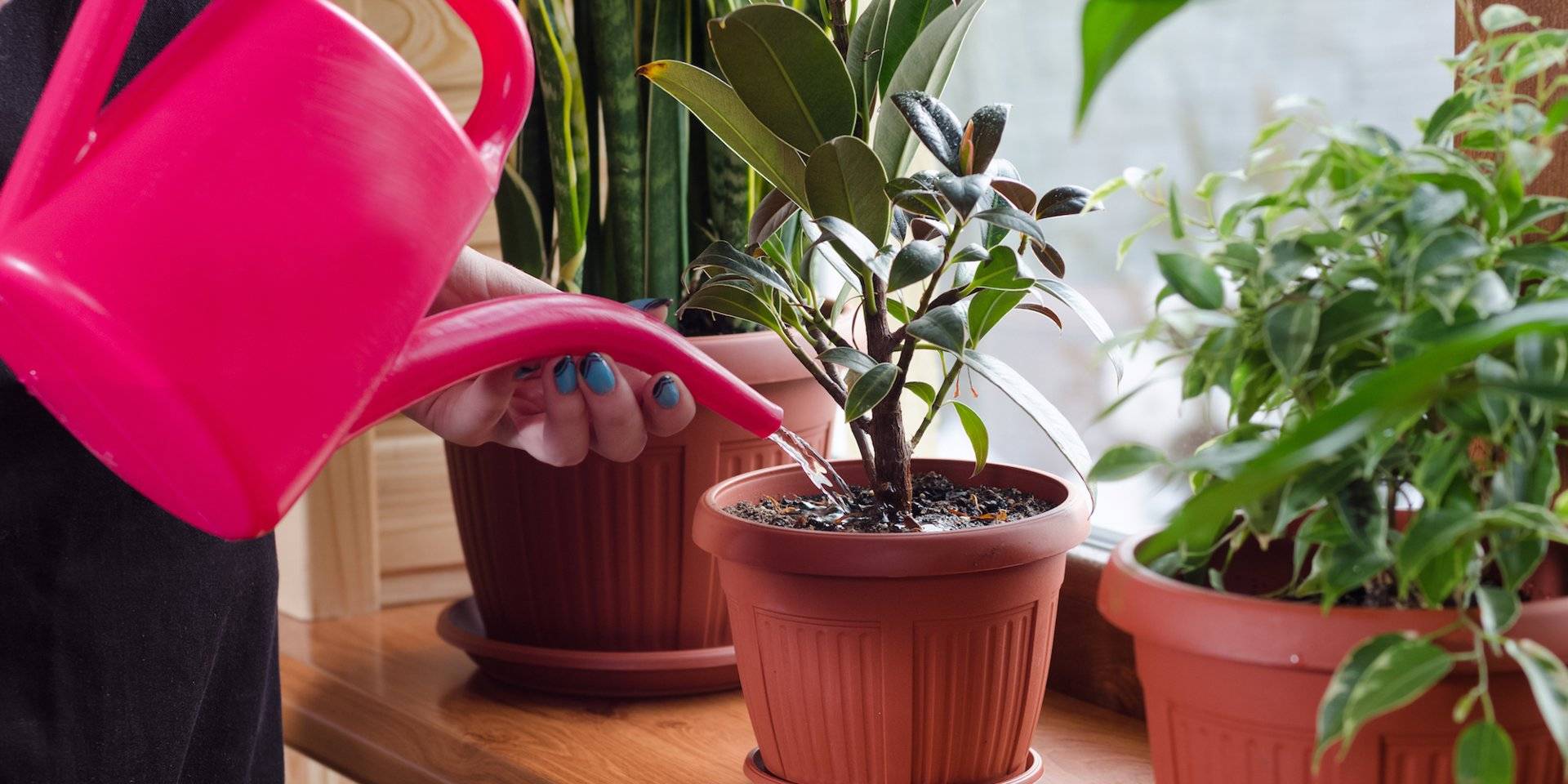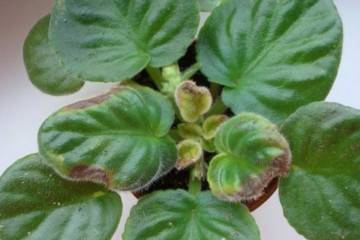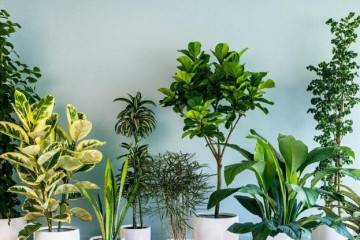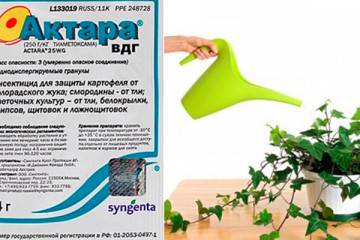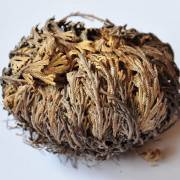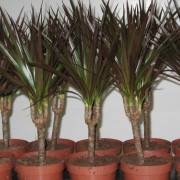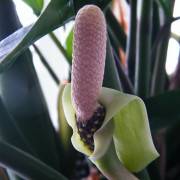Transplanting indoor plants, how to properly transplant an indoor flower
Content:
- When can you transplant indoor flowers
- Emergency transplant
- How to properly transplant home flowers using the transshipment method
- The correct plant transplant process
- How to check the need for a transplant
- The choice of drainage and earthen mixture
- Which pot to choose
- Further care
- What to do if plant transplantation is not possible
There are indoor plants in almost every home. In order for them to grow well, they need proper care, which includes a transplant. Over time, the soil loses all its beneficial properties and natural fertilizers, and therefore needs to be changed. The flower itself also requires a larger pot as it grows.
When can you transplant indoor flowers
This procedure is best done with the arrival of spring. The choice of the month - March, April or May - depends on a number of factors. Flowers usually start growing faster in spring and need fresh soil and fertilization.
It is better to transplant after flowering or long before it begins, during the dormant period. If buds appear, then the procedure should be postponed until next spring. January, February, like any winter month, are not suitable for this.
Perennial flowers are recommended to be transplanted at least once every 2 years. If they grow very slowly, then transplant should be done once a year. Cacti can live freely in the same soil for over 5 years.
It is better to buy a calendar for a year to know which days are the most favorable. It is believed that transplanting indoor plants during the full moon is not a good idea. Home flowers are usually transplanted during the growing moon or when the moon is in fertile signs - Pisces, Taurus, Cancer.
Emergency transplant
An emergency procedure is performed if the flower is in a very neglected state:
- overflowed with water and root decay occurs;
- leaves begin to fade and turn yellow;
- pests have started;
- the roots do not have enough space at all in the pot;
- the flower doesn't grow anymore.
When can you transplant flowers in this case? At any time. After all, the risk that the bush will die from overflow or from pests is higher than the season outside the window.
Sometimes mechanical factors also happen, for example, the flowerpot may fall and break. In this case, the flower is immediately moved to a new pot.
How to properly transplant home flowers using the transshipment method
Transfer is used when the roots have covered all the free space in the ground. Many plants have very fragile roots. Such a plant must be watered in advance, then walk along the edge of the earth with a sharp knife, and gently holding it with two fingers, remove it from the pot onto the palm of your hand with earth and roots.
Next, you need to carefully transfer the bush to a prepared pot with filled drainage. A plant placed in the center with an old lump of earth is covered with fresh earth in a circle, filling the space between the walls of the pot, and then lightly tamped.
Gardening tools for transplanting
Before starting the procedure, you should prepare everything you need: a pot, drainage, soil, a sharp knife, coal, garden shovel.
The correct plant transplant process
First of all, you should know which species the flower belongs to. This will help you decide on the size of the pot, because each plant has its own preferences. Some love a free flowerpot, while others prefer to live in cramped conditions.
Usually, plants that are cramped are transplanted into a larger pot. It is impossible to move from a small container directly to a large one, since the plant may die or simply not take root. A bush or tree must first be watered, so that it is easier to remove it from the pot, and, if necessary, shake off the bad soil.
The transplanting process is a great opportunity to assess the condition of the roots. If there are dried and damaged roots, they should be cut off, and the cut site should be treated with charcoal or potassium permanganate solution.
The landing procedure looks like this:
- Drainage is laid at the bottom of the pot with a thickness of about 2 cm.
- Place the plant in a pot in the center.
- The free space is filled with fresh earth, slightly tamping.
The earth is tamped down because it usually settles after watering. Often after transplanting a little more soil is added to the flowerpot.
How to check the need for a transplant
To check if a plant needs a new pot or soil, you need to carefully remove it along with a clod of earth. If it holds firmly, you need to slightly moisten the soil.
If all the soil is shrouded in roots, which are desperately trying to penetrate through the holes in the pot, then there is definitely not enough space for them, and the flower must be urgently relocated. If there is still free space in the container for root growth, then it is better to postpone the transplant for now.
It also happens that a plant stays in one place for a long time - it does not grow, does not bloom, does not release buds and new shoots. In this case, it makes sense to have an urgent transplant.
The choice of drainage and earthen mixture
It is recommended to lay drainage at the bottom of the container with a layer of 3-4 cm.Use as drainage:
- expanded clay;
- coal;
- gravel;
- shards.
Sometimes spruce needles and bark are placed as drainage. In some cases, a large drainage layer is required - almost 1/3 of the pot.
But in any case, the soil must always meet the following requirements:
- be nutritious;
- let air into the roots;
- contain acidity for certain species;
- have no pests;
- do not retain moisture.
Which pot to choose
Today, two types of flowerpots are popular - plastic and ceramic. Each of them has its own number of advantages and disadvantages, but in any case, the plants do well and grow in both types. There is, of course, one big difference - the price.
Ceramic pots are a little more expensive and may not be affordable, especially for those with a lot of indoor plants. Many people prefer to have all the pots in one color scheme and one shape, so that not only the flower, but also the flowerpot blends beautifully with the interior.
Plastic
Plastic containers are inexpensive, lightweight, transportable, have different shapes and colors for every taste.
But at the same time, among the shortcomings, one can note their fragility and instability. If the plant is large, it can easily roll over. Moisture through the plastic walls evaporates poorly, which can provoke root rot.
Ceramics
Ceramic containers are expensive, but they also come in different shapes and colors. They are resilient. The plant is warm in winter and cool in summer. Moisture evaporates well through the ceramic walls.
Among the shortcomings, we can note the weight, the deposition of salts on the walls.If the flowerpot is covered with glaze, it will not let air through well.
Further care
How to transplant indoor flowers at home is already clear. But it is equally important to provide them with proper care after changing locations.
In this case, you must follow the following rules:
- Immediately after the procedure, you should not place the pot on the window under the influence of open sunlight. Better to place it in a slightly darkened place for five days.
- Watering immediately is also not worth it, so that the roots, in search of moisture, take root in the new earth.
- It is not recommended to fertilize flowers immediately, it is better to do this a month or two after transplanting.
- Spray the leaves every week. But there are also those that do not require spraying.
What to do if plant transplantation is not possible
It so happens that the transplant is impossible to carry out, since the plant is very large. But still, the soil in such a pot needs to be periodically changed, as far as possible, to fresh and rich in various trace elements. If this is not done, the plant will begin to wither, as the earth will be depleted, and all living things will simply die.
It is impossible to remove all the old soil, but in such cases it is worth changing only the top layer. It is recommended to do this procedure every year or two. It is better to do this in spring and autumn, since a large plant requires nutrients and fertilizers more than others.
Each plant needs careful care: watering, fertilizing, pruning and replanting. It is not difficult to take care of indoor flowers, the main thing is to remember some rules and follow them.

